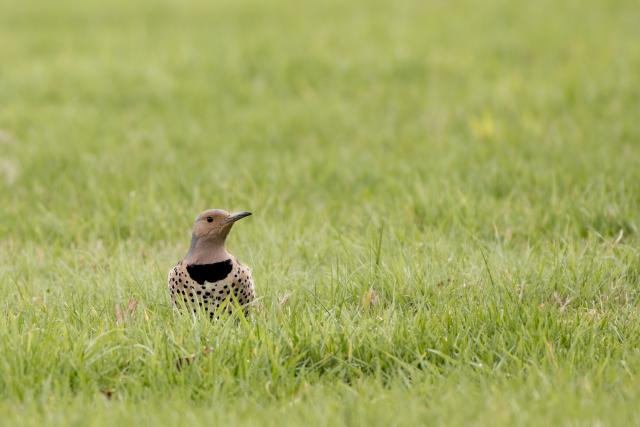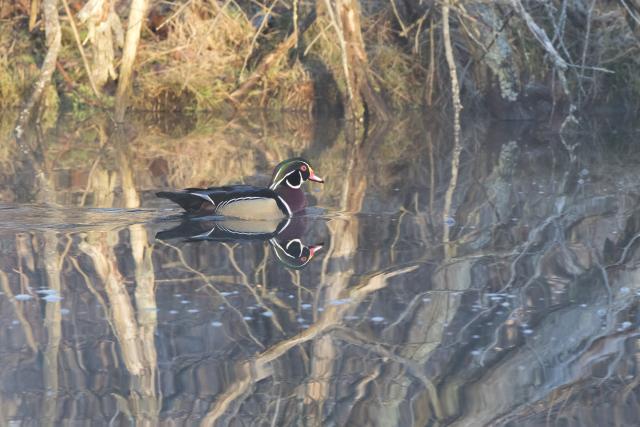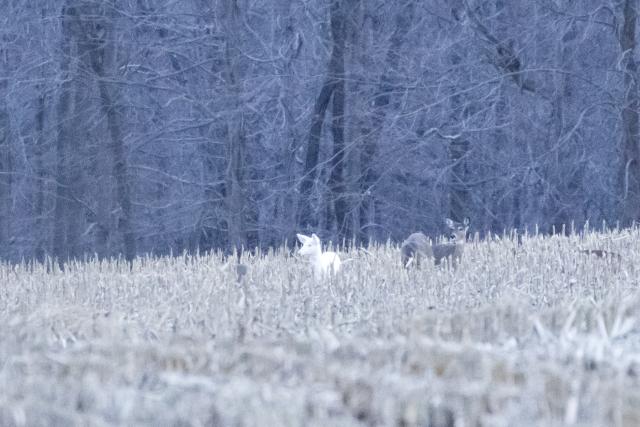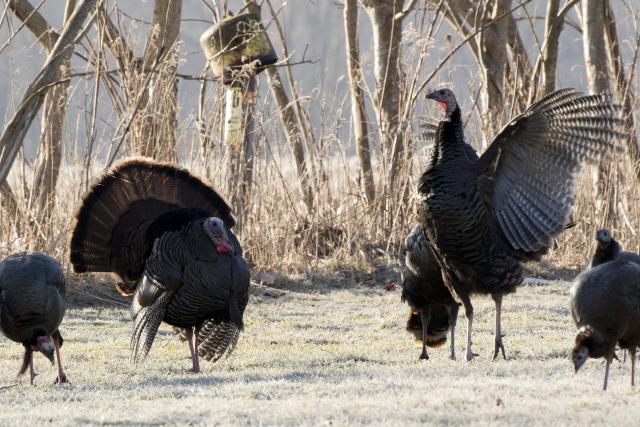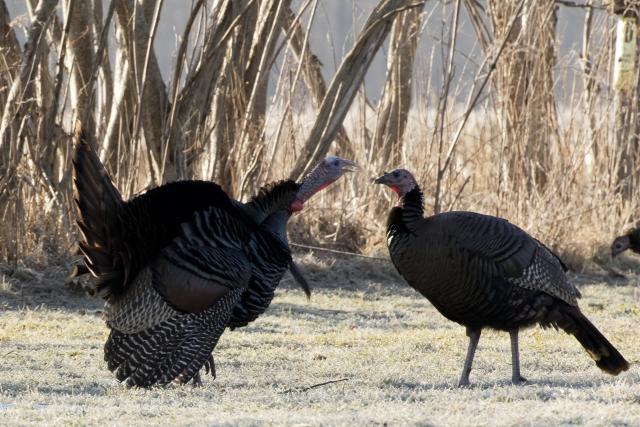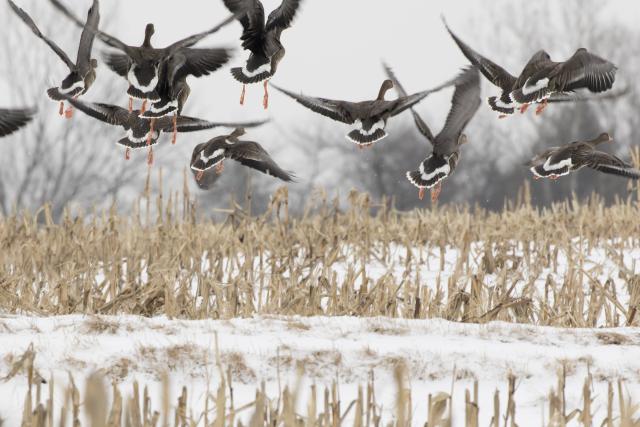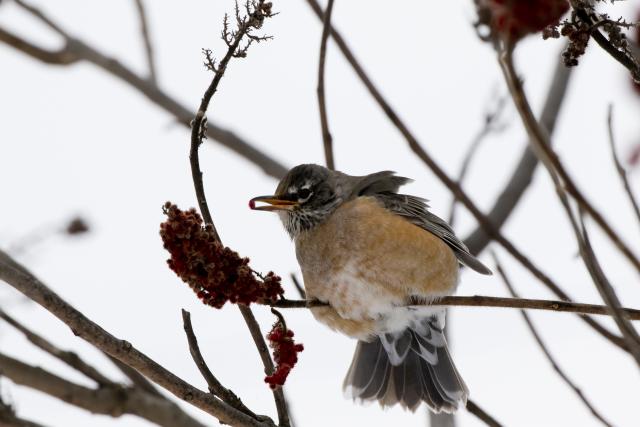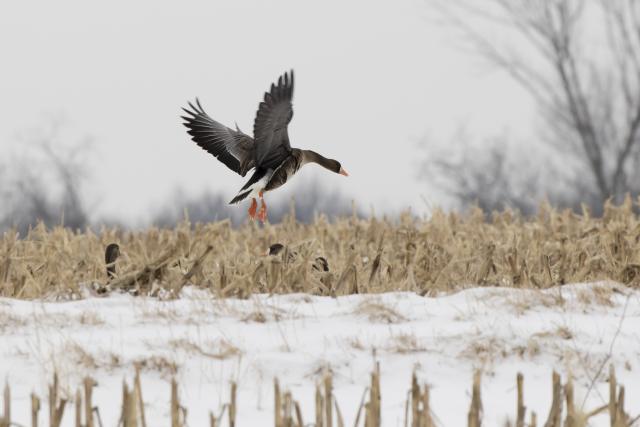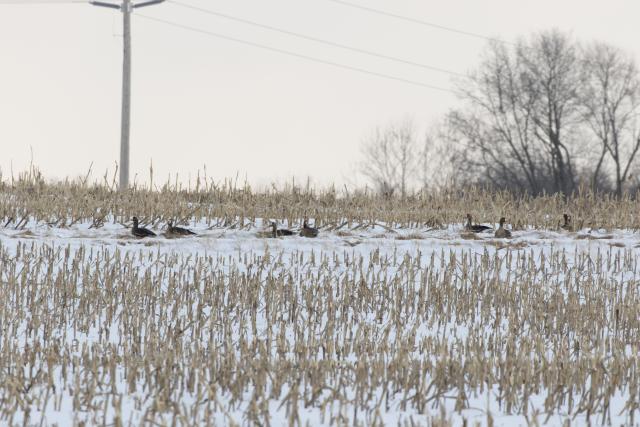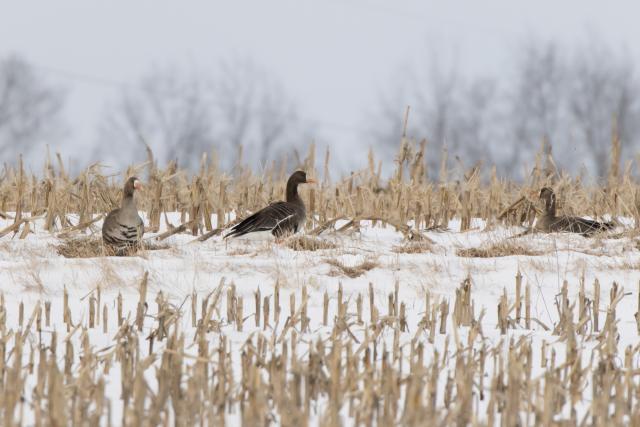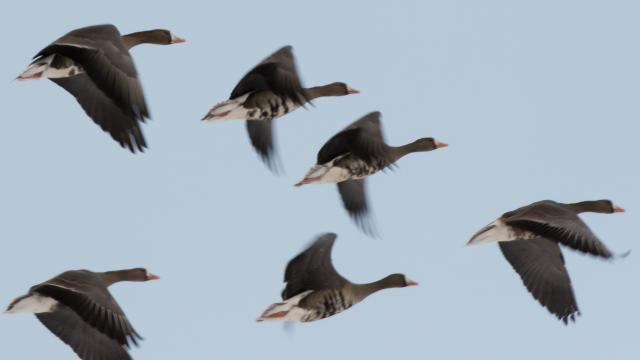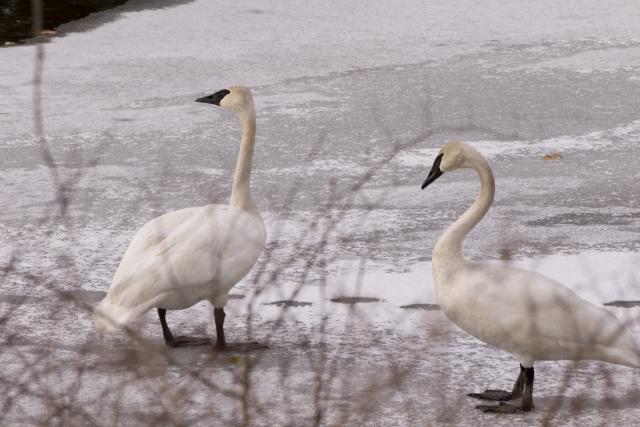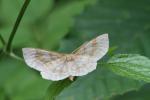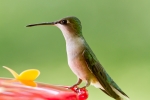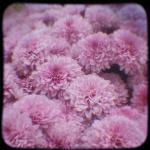birds
Northern Flicker
ktuli — Sun, 04/03/2016 - 08:27
Today our yard is covered with snow. Yesterday we had five Northern Flickers running around eating the bugs in the grass...
Technical Data: Canon EOS 7D Mark II, Canon EF 100-400mm f/4.5-5.6L IS II USM at 400mm, 1/250 sec at f/6.3. ISO 200. IS Mode 1. RAW processing and cropped in Adobe Camera Raw.
- Bill
Elusive Subjects
ktuli — Sun, 03/13/2016 - 15:27
I spent the past couple mornings sitting out by our pond hoping to get some photos of some of the ducks that have been stopping in. Each time, there was very little action and I only got a couple fleeting photos and nothing very good due to poor light conditions and distance. I did come away with these two though...
Technical Data: Canon EOS 7D Mark II, Canon EF 100-400mm f/4.5-5.6L IS II USM at 400mm, 1/250 sec at f/5.6. ISO 10000. IS Mode 1. RAW processing and cropped in Adobe Camera Raw.
Technical Data: Canon EOS 7D Mark II, Canon EF 100-400mm f/4.5-5.6L IS II USM at 400mm, 1/160 sec at f/8. ISO 1250. IS Mode 1. RAW processing and cropped in Adobe Camera Raw.
The first is a pair of Hooded Mergansers and the second is a male Wood Duck.
This last one is an absolutely horrible photo due to the high ISO needed and the long distance it was taken (and then heavily cropped), but I wanted to at least get a single shot of this white deer. I've been throwing out corn, so hopefully they'll come in closer some time when there is slightly better light. I'll definitely be keeping an eye out for it to come around again.
Technical Data: Canon EOS 7D Mark II, Canon EF 100-400mm f/4.5-5.6L IS II USM at 400mm, 1/13 sec at f/5.6. ISO 16000. IS Mode 1. RAW processing and cropped in Adobe Camera Raw.
Let's hope I can get some more good opportunities with these elusive subjects.
- Bill
More Turkey Business
ktuli — Tue, 02/23/2016 - 18:09
Technical Data: Canon EOS 7D Mark II, Canon EF 100-400mm f/4.5-5.6L IS II USM at 400mm, 1/160 sec at f/11. ISO 400. IS Mode 1. RAW processing and cropped in Adobe Camera Raw
- Bill
Talkin' Tom
ktuli — Mon, 02/22/2016 - 16:55
Technical Data: Canon EOS 7D Mark II, Canon EF 100-400mm f/4.5-5.6L IS II USM at 400mm, 1/400 sec at f/11. ISO 800. IS Mode 1. RAW processing and cropped in Adobe Camera Raw
- Bill
Every Bird Photographer's Nightmare
ktuli — Sun, 02/21/2016 - 19:28
Another from when we were seeing the Greater White-fronted Geese stopping by in the fields next to our house. I tried to sneak up on them as slowly and quietly as I could. But both times, they took flight without warning. The second time, I was a bit more prepared to fire off a couple shots of them taking wing...
Technical Data: Canon EOS 7D Mark II, Canon EF 100-400mm f/4.5-5.6L IS II USM at 400mm, 1/400 sec at f/8. ISO 800. IS Mode 1. RAW processing in Adobe Camera Raw
We haven't seen them for several days, so I assume they have continued on their migration. It was still cool getting to see them when we did.
- Bill
Scrounging Robins
ktuli — Wed, 02/17/2016 - 19:31
A week or so ago, our yard was covered in at least one hundred robins... this week, it is covered with a foot a snow. I've always known robins generally prefer to eat worms and insects, but what I didn't learn is that they will also eat fruit... and apparently sumac fruit is one of their favorites... and I also learned that those red clusters on the ends of our sumac trees is indeed its edible fruit.
So anyway, with snow covering any chance for worms or bugs, I managed to photograph a couple robins making due with sumac fruit until the weather gets warmer again.
Technical Data: Canon EOS 7D Mark II, Canon EF 100-400mm f/4.5-5.6L IS II USM at 400mm, 1/1000 sec at f/8. ISO 800. IS Mode 1. RAW processing in Adobe Camera Raw
Technical Data: Canon EOS 7D Mark II, Canon EF 100-400mm f/4.5-5.6L IS II USM at 400mm, 1/800 sec at f/8. ISO 800. IS Mode 1. RAW processing and cropped in Adobe Camera Raw
- Bill
More Greater White-fronted Geese
ktuli — Tue, 02/16/2016 - 17:34
So we've seen the Greater White-fronted Geese everyday for the past four days. Thankfully, they haven't been too deterred by me scaring them off twice, but they certainly didn't allow me to get any closer. I did get this shot the second time I tried though...
Technical Data: Canon EOS 7D Mark II, Canon EF 100-400mm f/4.5-5.6L IS II USM at 400mm, 1/640 sec at f/8. ISO 800. IS Mode 1. RAW processing and cropped in Adobe Camera Raw.
- Bill
Chickadee in Black and White
ktuli — Mon, 02/15/2016 - 19:04
Ok - so the question of whether the Greater White-fronted Geese (see the next post down) would be back has been answered as I've seen them both yesterday and today (and have a few more photos baking as I type this). But for now, I'm going to bounce back to some photos I took before I saw the geese.
This chickadee was shot at Jennings Environmental Center during a short hike Anya and I took last week for my birthday. I felt the B&W conversion helped to draw out some more of the detail (mouseover the image for the color version).
Technical Data: Canon EOS 7D Mark II, Canon EF 100-400mm f/4.5-5.6L IS II USM at 400mm, 1/120 sec at f/8. ISO 800. IS Mode 1. RAW processing in Adobe Camera Raw, B&W conversion in Nik Silver Efex Pro.
Despite mentioning that I should get back to some other forms of photography, I have a stack of bird photos to share, so stop back for more soon!
- Bill
Greater White-fronted Geese
ktuli — Sun, 02/14/2016 - 10:50
Ok - I was going to post a photo of a chicadee today, but then yesterday I looked out the window and saw something much much cooler...
I guess let me back up a little. Recently we've had a flock of turkeys wandering around the area (yes, I do have a couple photos I'll share of them soon), and so when I first looked out the window, I saw a bunch of dark spots in the corn field next to our house I just assumed they were the turkeys. Regardless, I went and got the binoculars for a closer look, and imagine my surprise when the birds I saw were something I've never seen before!
Anya had to grab one of our bigger bird ID books, because these are definitely native to this area. In fact, their normal migration route doesn't even show them as coming through here... so this truly was something interesting. Even more interesting was the fact that she somehow opened the book right to the page that identified what we were looking at - Greater White-fronted Geese (Anser albifrons).
I inched my way as close as I could trying to get the best photos I could (unfortunately, I probably should have taken the 1.4x teleconverter off for crisper photos)...
I am honestly disappointed with the results the 1.4x teleconverter gave me in these conditions (unfortunately, just as I went out, the already setting sun went behind a cloud, so lighting wasn't the greatest). At full size, these images are a bit soft for my liking, but for sharing here, even cropped, I guess they are ok...
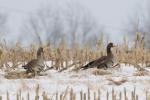 |
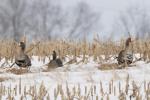 |
 |
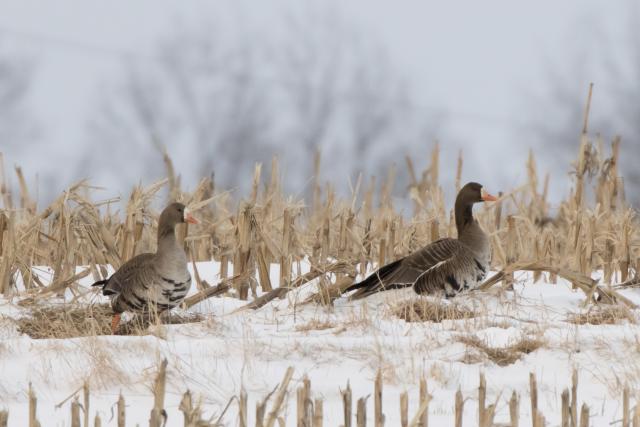 |
||
I was amazed with how close I was getting (though honestly, according to the camera I was still more than 500 feet away from them). The geese appeared to be pretty unconcerned with me approaching. I would move up slightly, then stop and kneel (yeah - my knees were *freezing* from kneeling in the snow in single digit temperatures). A couple times the geese got up and moved around a little, but then settled right back into their spots.
Then without any hint that I had come too close or too quickly, the entire flock took wing. This is where I really regret having the 1.4x teleconverter on because focusing was much slower and the resulting images are much softer than I would have liked. I had just started thinking that I was close enough to consider taking the teleconverter back off, but I was too slow in making the decision to do so.
All told, we counted a maximum of fourteen geese in one of the shots, but I think there were probably more. A lot of them were hidden from view in the corn stalks and only seven of them were out in the front that I was able to take photos of.
Normally I would be more disappointed with these kinds of results from my photography, but considering the rarity of the subject, I decided to keep them to share anyway...
It did teach me a few more lessons though (hopefully ones I will remember)... I do need to do more test photos with the teleconverter to see if I get better results at higher apertures (I was at f/8 to get a decent shutter speed), but when in doubt, I should only use the teleconverter when absolutely necessary and get back to the regular lens as quickly as possible. Honestly, based on the results I got from my first images, I probably should have just continued with the lens by itself the whole time, but it is difficult not to give in to that temptation to want a little more magnification when your subject is so far away.
I will definitely keep looking to see if these geese stop by again, and if they do I'll hopefully be able to get some better photos. But to be completely honest, I can't say I expect to ever get to see these geese ever again unless I head to Texas or Alaska at some point! I am incredibly pleased that I did get the encounter that I did... seeing awesome stuff like this is precisely why Anya and I bought this property, and it is a privilege to experience stuff like this!
- Bill
New Visitors
ktuli — Fri, 01/29/2016 - 18:38
Since we installed the aerator in our pond, parts of it are remaining unfrozen throughout the winter... which means we get the chance for more migrating birds to stop by. Today was our first visitors in the form of a pair of swans (they are either Tundra Swans or Trumpeter Swans - we're not quite sure yet!).
Technical Data: Canon EOS 7D Mark II, Canon EF 100-400mm f/4.5-5.6L IS II USM at 400mm, 1/4000 sec at f/11. ISO 400. IS Mode 1. RAW processing in Adobe Camera Raw.
I scared them off by moving in too quickly - I had hoped they would be a bit more confident to stick around and wasn't being as slow and cautious as I should have been... and I was probably a bit too excited. Hopefully they stop back and I can get more photos, and here's hoping that we get a bunch more uncommon migrators stopping by the pond soon!
- Bill

